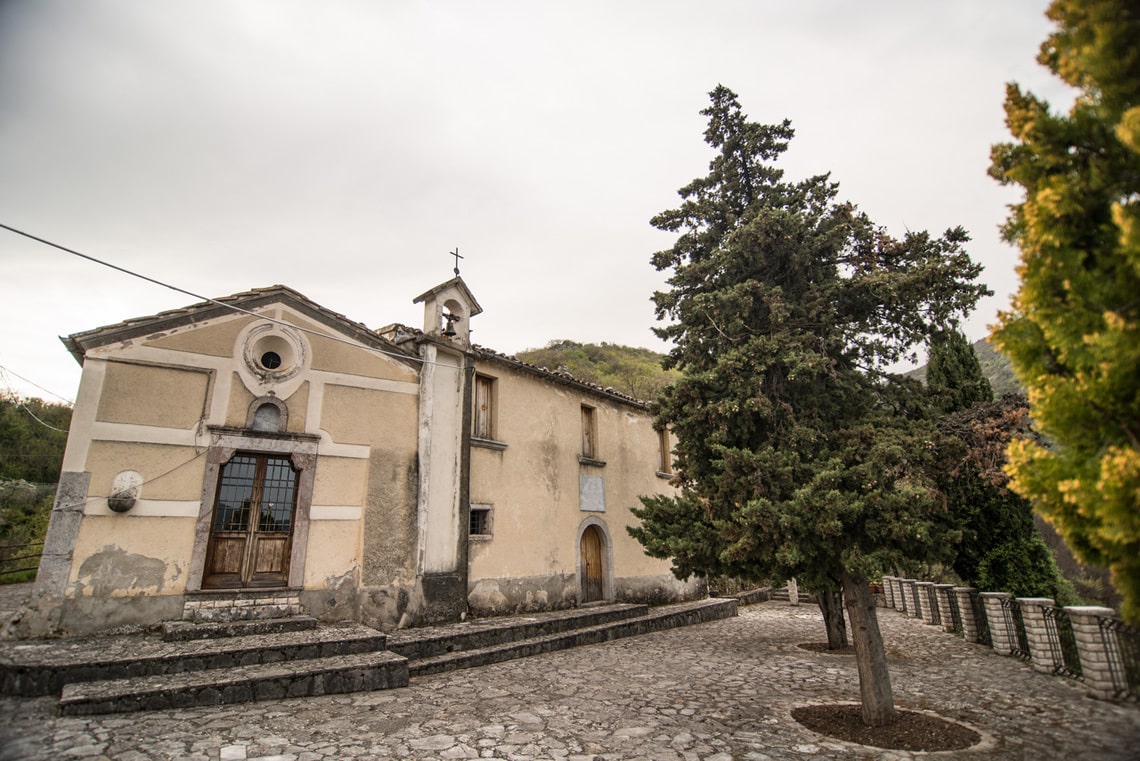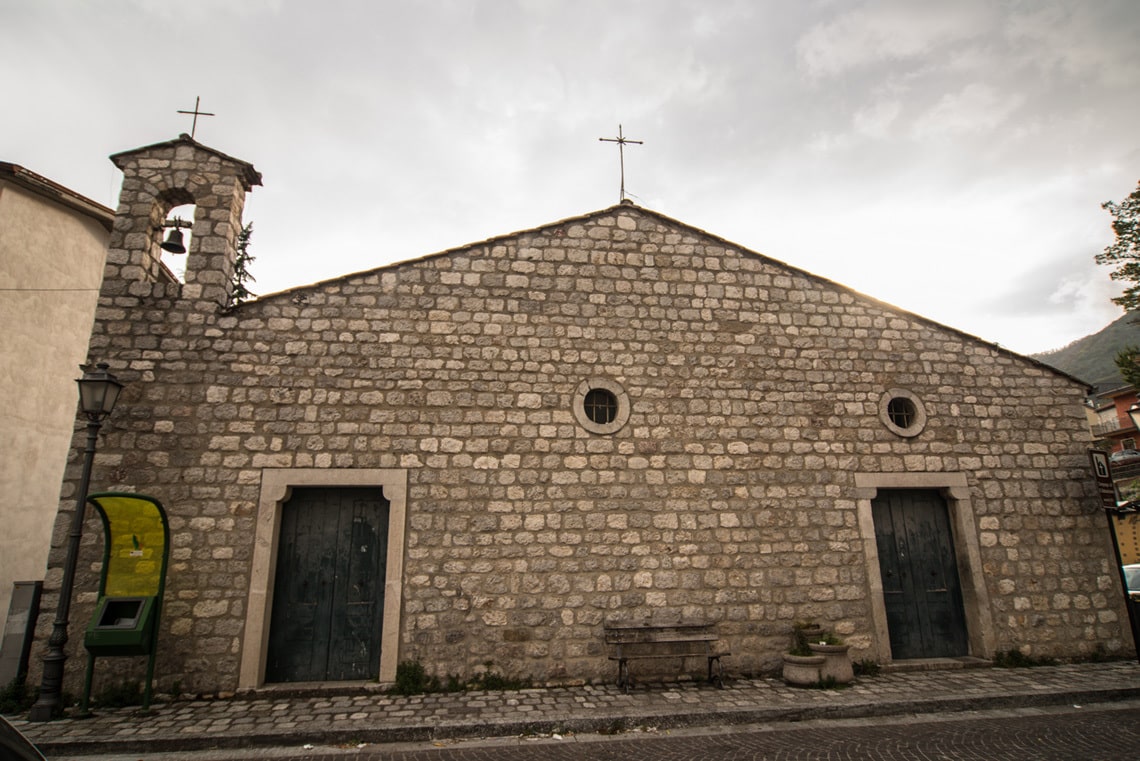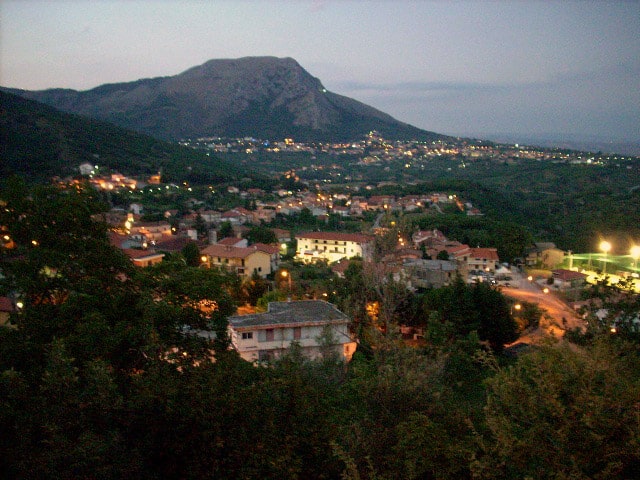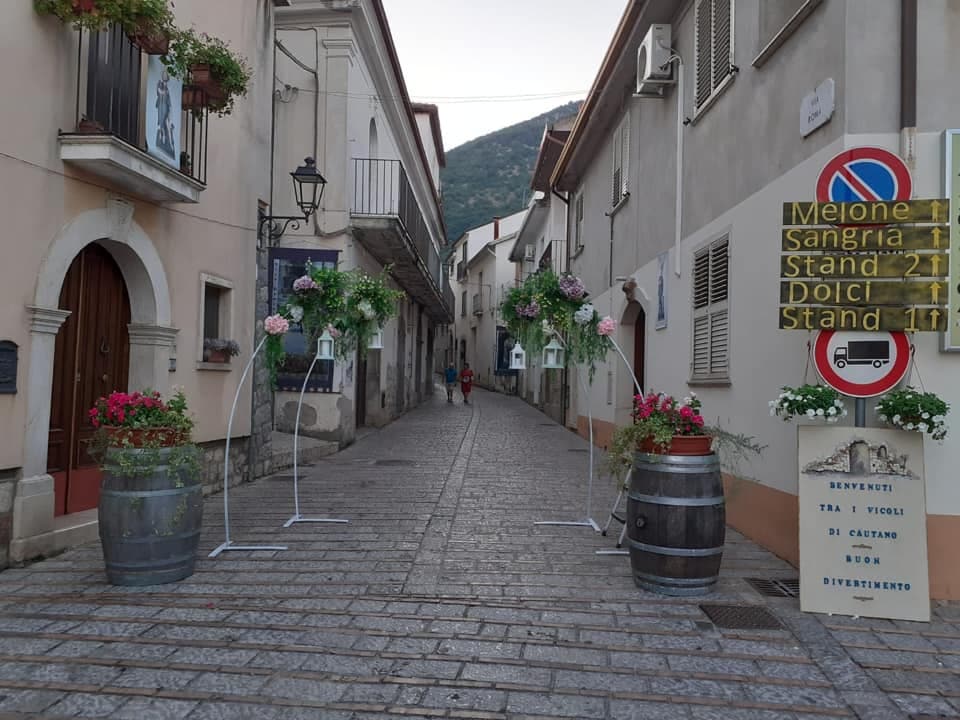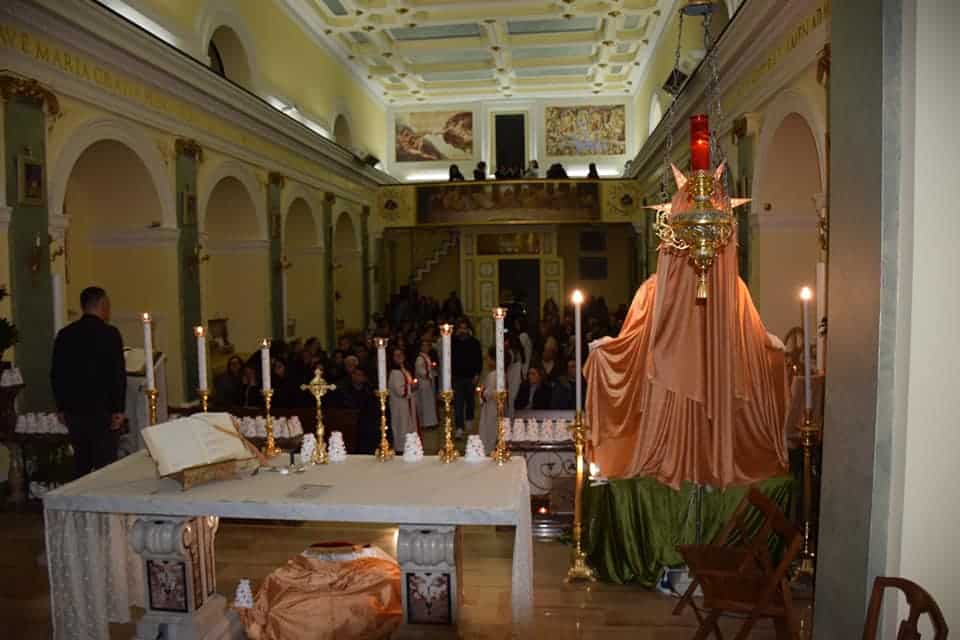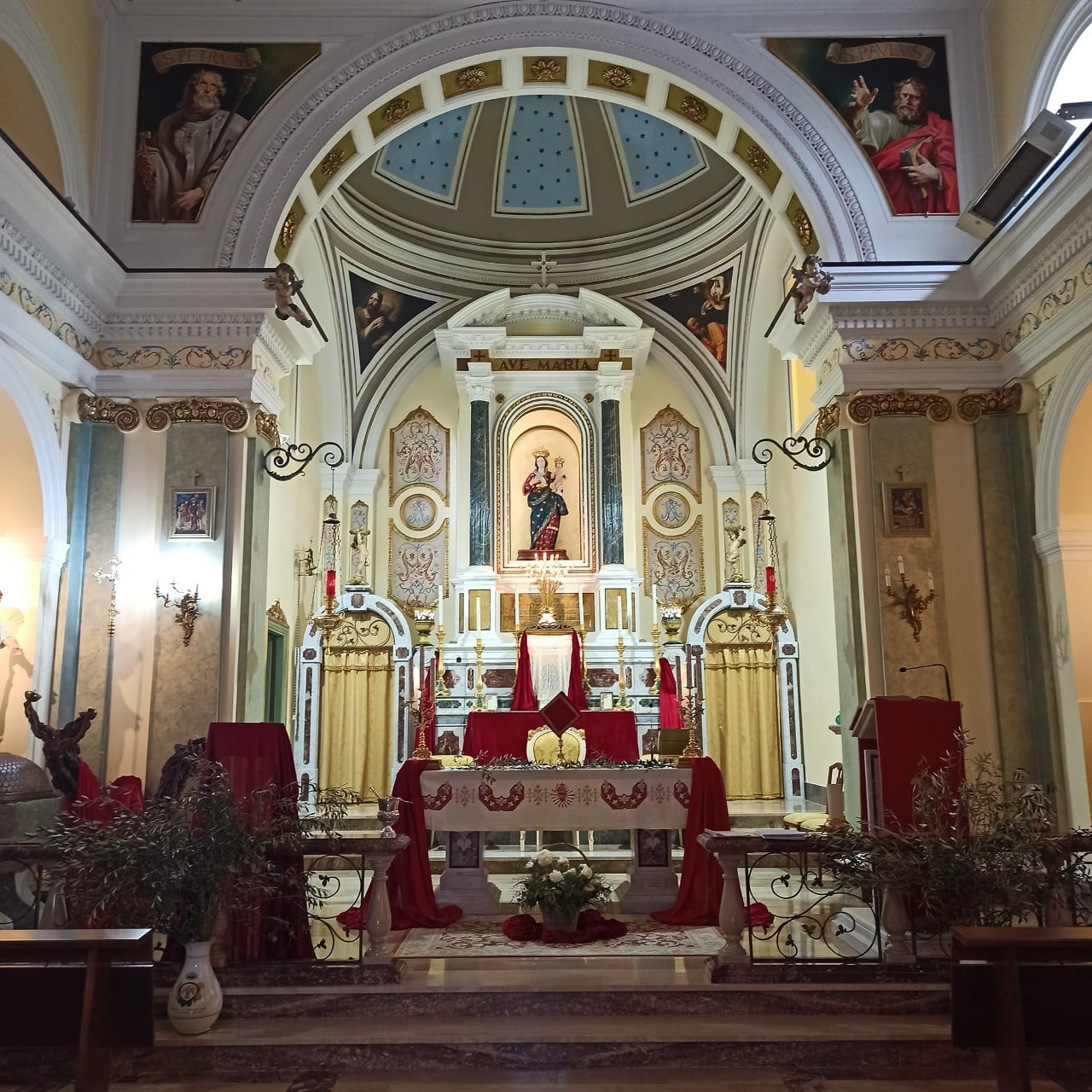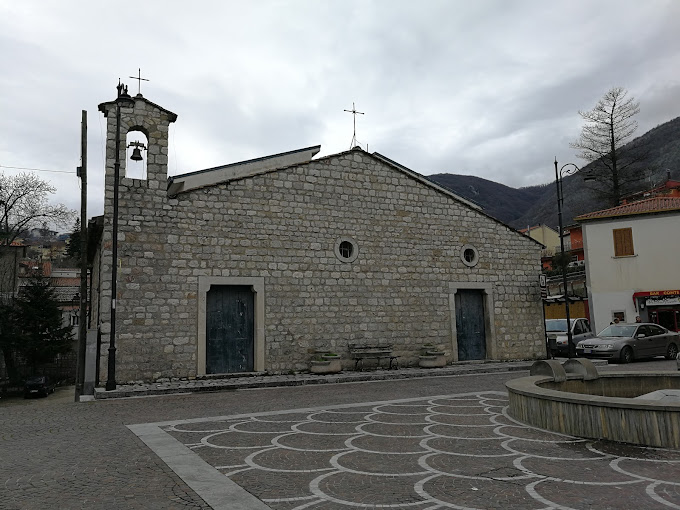Cautano is a Campanian municipality of 1,997 inhabitants located on the slopes of Mount Taburno-Camposauro, centrally with respect to the "Sleeping Sannio" and the Vitulanese Valley, in Campania. It is traversed by the Jenga stream and its tributary Jerino, as well as other smaller watercourses. If you want to enjoy numerous hikes in the Taburno-Camposauro Regional Park, you can spend a few days in Cautano and walk various trails, such as: the Via dei Mulini, the Via del Borgo, the Via del Grano, the Via dei Briganti and the Via del Vino; as well as several paths.
You can regenerate yourself from the hustle and bustle of the city in this peaceful hamlet, thanks to its serene environment. Walking through the alleys of the historic center of Cautano, you will arrive at the picturesque square dominated by the ancient Parish Church of St. Andrew the Apostle, surrounded by magnificent palaces belonging to the oldest noble families. In addition to the 19th-century Palazzo Izzo, you will be struck by the hand-carved stone portal.
Visitors to Cautano will have a unique experience by witnessing the Taburno Buried Potato Rite, a rite that takes place between late summer and early fall, when locals harvest potatoes and bury them before covering them with fern leaves. This ancient technique of peasant traction was once used to prevent robbery by brigands. The buried potato has the peculiarity of being able to maintain its nutritional properties in a completely natural way, without the help of chemicals. This local excellence is the basic ingredient of many recipes, including an unusual jam, which is a must try.
The origins of the hamlet
The village of Cautano has historical roots dating back to the early Middle Ages, although the presence of some tombstones found in the area of the Three Barrels, now located in the Municipal House and dating back to the 3rd century AD, would attest to the existence of an urban center already in Roman times.
According to some scholars, the origins of Cautano date back to the late Samnite period when Samnite refugees, following the war that brought the destruction of their territory, found refuge precisely in Cautano, thus creating a new urban settlement.
In Roman times, Cautano was part of the Baronia of Tocco. Under the Angevins it was granted to Robert of Ravello; later it belonged to the Della Ratta, Carafa and D'Avalos d'Aragona families, who owned it until the abolition of feudality. With the Unification of Italy it became part of the Province of Benevento.


